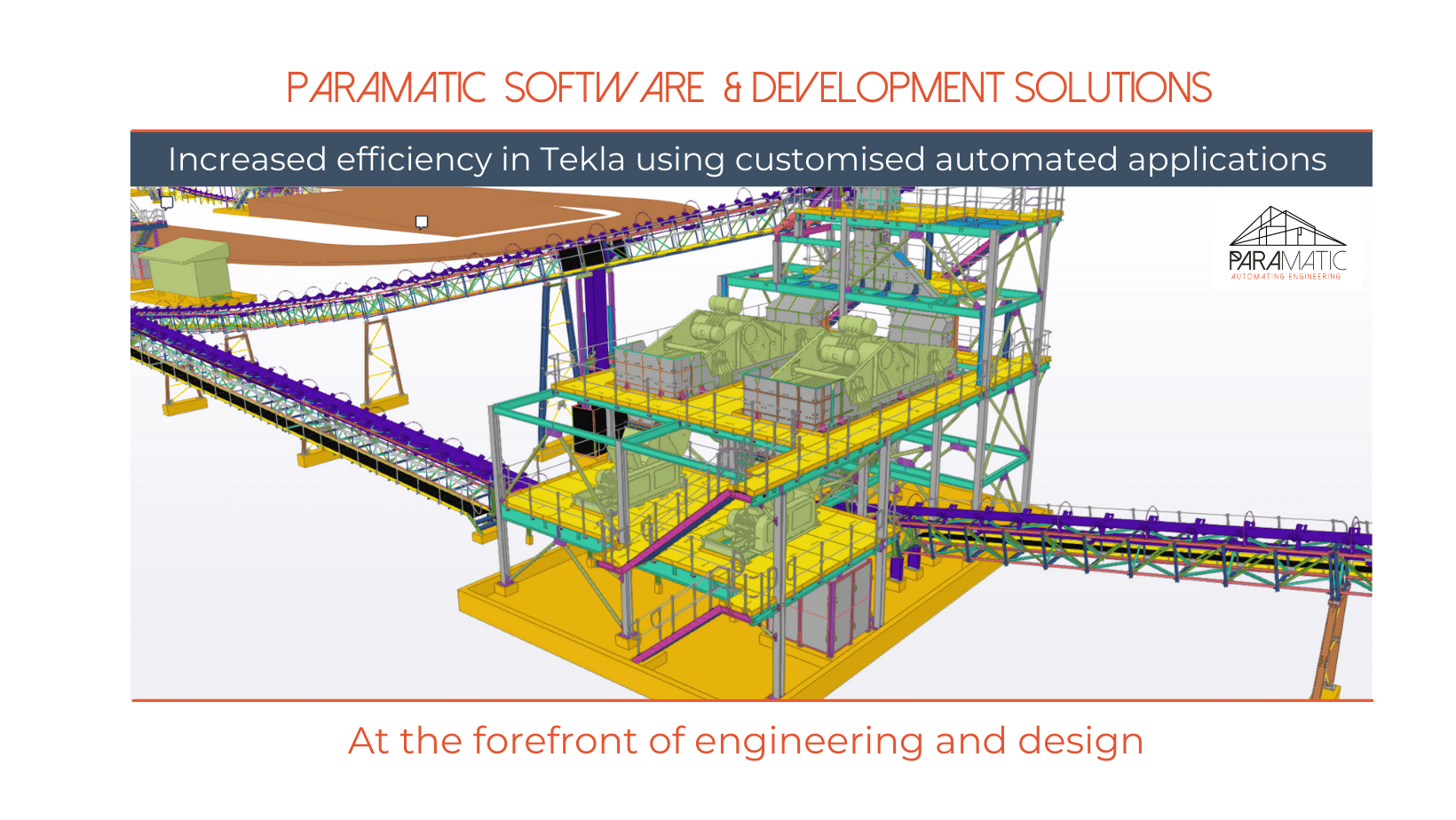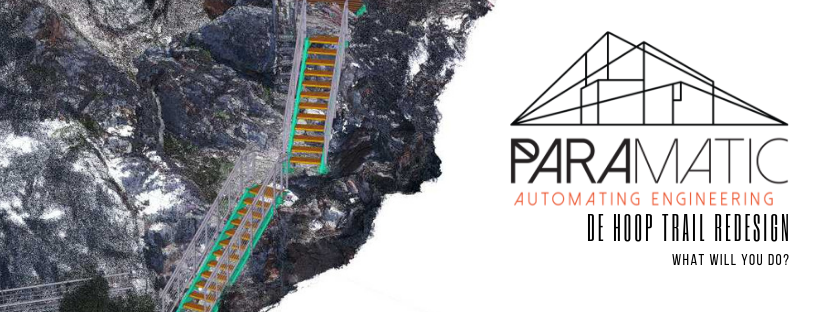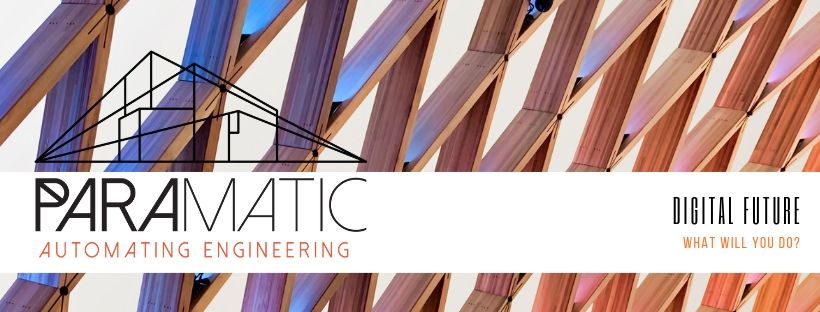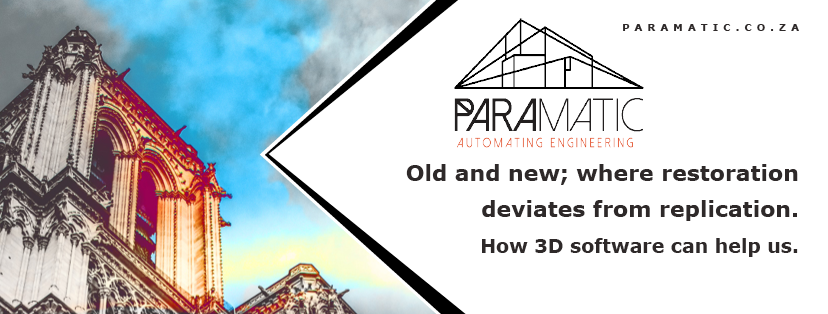
ParaMatic Software and Development Solutions with Tekla Structures #differentbutbetter
ParaMatic uses Tekla for detailing, design and plant layout. With over 80 years of combined experience in the mining and process sectors, we are pioneering
Congue taciti consectetur duis dignissim hac placerat diam lacinia. Risus nibh auctor interdum morbi id aliquam hendrerit consectetuer.

ParaMatic uses Tekla for detailing, design and plant layout. With over 80 years of combined experience in the mining and process sectors, we are pioneering

The new kid on the block will change us. What is BIM? Why is it necessary? Is it the next big thing? BIM will grow – it will enable us

and how the process will change the future of engineering. What will you do to upgrade your engineering process? Scanning the face of the De

ParaMatic is working for the future. Industry 4.0 will leave those who hang onto their habits behind, and we wish to project our customers into the

How 3D software can help us. Some might think that the Notre Dame would look the same when rebuilt after the devastating fire; but architects
